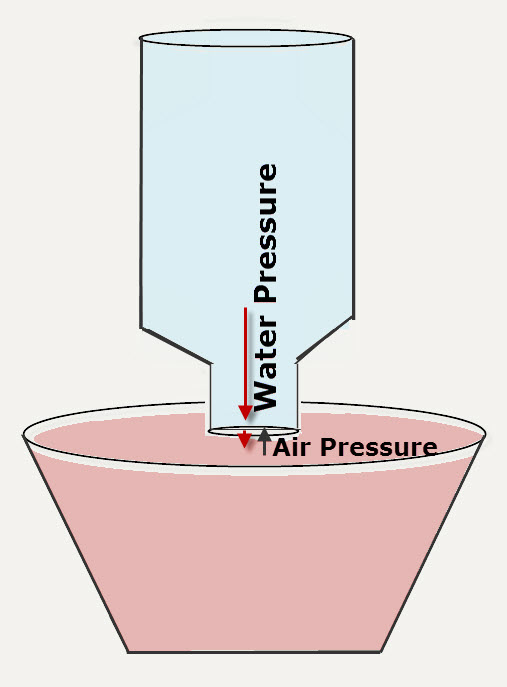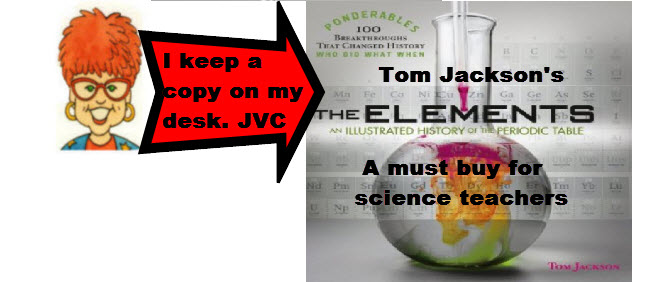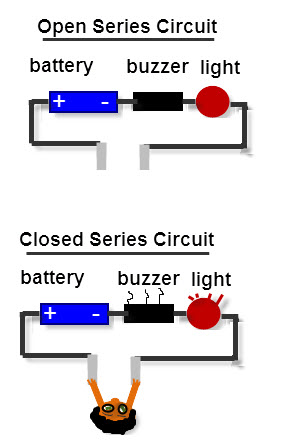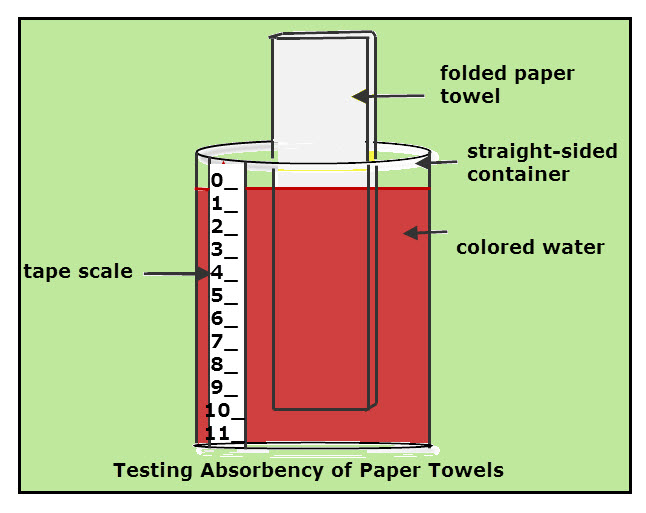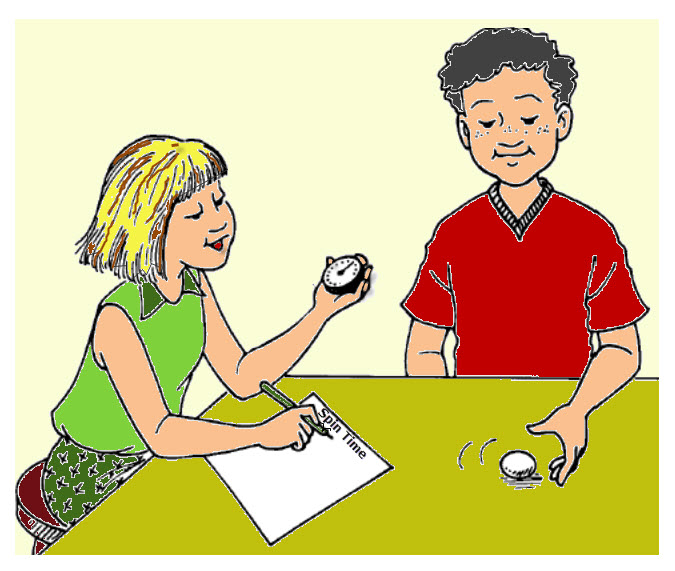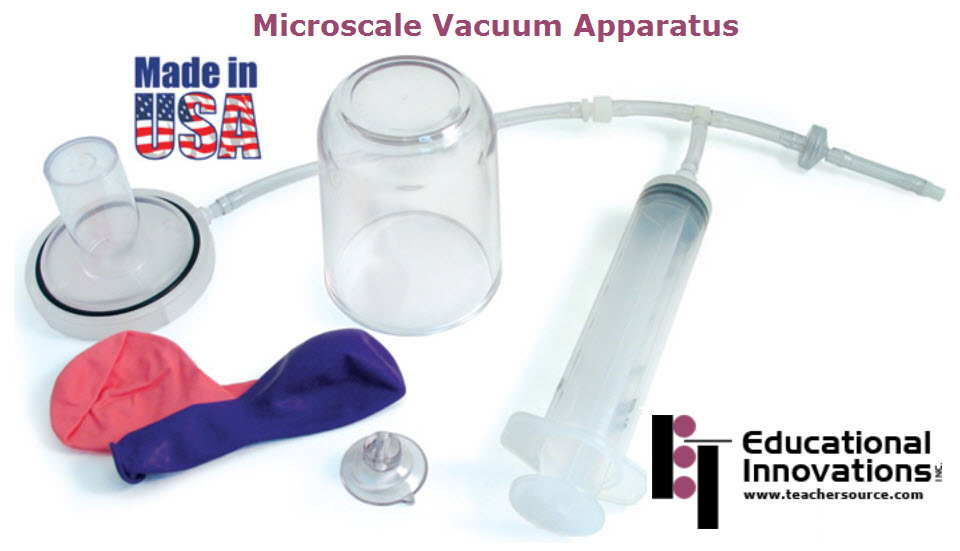Turn a water filled bottle upside down. Hold the bottle vertical over a container to catch the water coming out of the bottle. When the water leaves the bottle an empty space is left at the top. The amount of water coming out has to be replaced by something else because liquids do not expand […]
Pigment in Fall Leaves
This kit contains chemical coated labels that change color with temperature fluxuations. In designing the labels, I created color combinations that modeled color changes in fall leaves. For example, some green leaves turn yellow in the fall. Leaves are green due to the presence of the green pigment called chlorophyll. The yellow color in leaves […]
Albert Einstein and Relativity for Kids
About Albert Einstein Best known for his general theory of relativity and the famous equation linking mass and energy, E = mc², Albert Einstein had a lasting impact on the world of science, the extent of which is illuminated—along with his fascinating life and unique personality—in this lively history. In addition to learning all about […]
History of the Elements
An Illustrated History of the Periodic Table This is a book that a science teacher will find hard to put down. Better than a novel. I think I might be hooked on Tom Jackson’s work. I am now curious about his books about specific elements.
Series Circuit: Open vs. Closed
A Series Circuit is one large circle through which electric energy passes. Look at the diagram of the two series circuits. Notice that each contain three components, a battery, buzzer, and light. An Open Circuit is one in which there is a break in the path of the electricity. Notice the gap in the circuit. […]
Acid I.D.
Click to Run The formula for an acid has hydrogen as its positive part, such as hydrochloric acid, HCl (H+ and Cl–). An acid indicator is a chemical that changes color when added to an acid. If the indicator is dry, such as litmus paper, the paper changes color when an acid solution touches the […]
Project Research: Primary vs. Secondary
Project research is the process of collecting information. I suggest that you start with fact finding research, which is called secondary research because it is knowledge already discovered by others. These facts are found in books, magazines, software, and from knowledgeable people, such as librarians, teachers, parents, scientists, or other professionals. While it is not […]
Science Project: Paper Towel Water Absorbency Rate
Comparing the Water Absorbency Rate of Different Paper Towel Brands A TV advertisement claims that Brand X paper towels are the best. You could compare the water absorbency rate of Brand X with other paper towel brands. Water absorbency rate is the amount of water absorbed in a certain amount of time. Science projects […]
Newton’s Laws of Motion Explain Spinning Eggs
Newton’s First Law of Motion Sir Isaac Newton (1642-1727), an English physicist, mathematician, astronomer, natural philosopher, alchemist, and theologian, is one of the most influential scientist who ever lived. In Newton’s work, the Principia was published on 5 July 1687, Newton stated what he believed to be the three universal laws of motion. It is said […]
How to Develop an Experiment About Gases
Physical Properties of Gases 1. Gases take the shape and volume of their container. 2. Gases will mix evenly and completely when confined to same container. This means that if you mix two or more gases, they form a solution. Air is an example of a solution of gases, which is made up of oxygen, […]
- « Previous Page
- 1
- …
- 8
- 9
- 10
- 11
- 12
- …
- 96
- Next Page »
